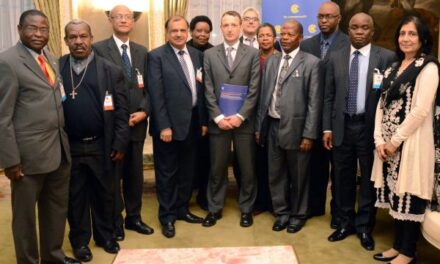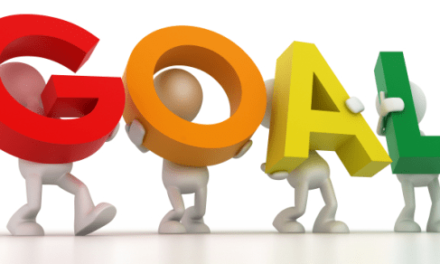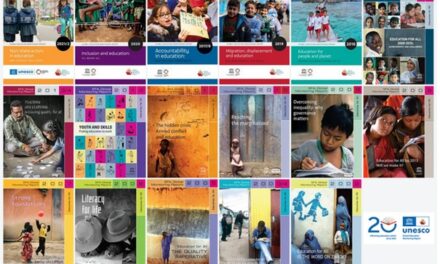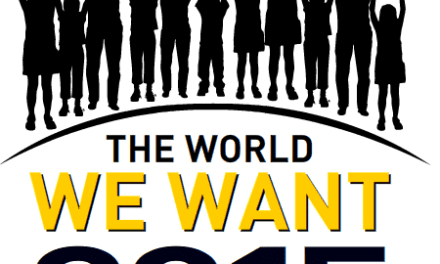This blog was written by David Levesque, Independent Education Adviser and ex-DFID Senior Adviser.
 Why are we trying to measure the Sustainable Development Goals (SDGs), and in particular, the education goal, SDG4 – Ensure inclusive and equitable quality education and promote lifelong learning opportunities for all?
Why are we trying to measure the Sustainable Development Goals (SDGs), and in particular, the education goal, SDG4 – Ensure inclusive and equitable quality education and promote lifelong learning opportunities for all?
Sitting by the beach and pondering on Kenneth King’s article (Lost in translation? The challenge of translating the global education goal and targets into global indicators) on measuring the SDGs, I considered the implications of trying to develop meaningful indicators for SDG4 and how further measurement could be included to calculate education’s cross-cutting impact on other SDGs.
A storm had blown in and the sand had largely disappeared. Two days later, a strong tide re-covered it. Trying to measure the SDGs is like trying to count the number of grains of sand on a beach. Aspirational yet not practical. Theoretically possible, but constantly changing, depending on the environment. Do we then conclude that aspirational indicators and statistics are perhaps appropriate for aspirational goals?
After exhaustive discussion, the SDGs were finalised by trying to please everyone but without substantive national and international financial commitment. They serve as a UN declaration of development rights, similar in structure to other human rights declarations, yet they will be equally applicable in 100 years time, as they are to the target date of 2030. There is no chance that meaningful global statistics on quality improvement in education can be gathered in a 15-year time frame, so why are we trying to collect data for 10 education targets with 43 education indicators (169 targets with multiple indicators for the SDGs overall) in an attempt to measure the immeasurable?
In logframe orthodoxy, the current SDG4 would be designated a super goal and lower levels of a hierarchy of objectives identified at purpose level for a realistic 15-year outcome, with achievable progress markers. The education Millennium Development Goal (MDG), to have every child completing a full course of primary education, was a more practical purpose level objective, even if overly ambitious for 15 years.
The SDGs are not specifically aligned with many national plans, which are likely to take priority, and as a result many low-income countries and countries in conflict will only give weight to quality data collection in so far as it comes with aid funds.
Meanwhile, the pressure to collect meaningful statistics, regardless of accessibility, has resulted in simplified indicators and generalised data. Even the suggestion to replace the many with one main quality indicator may help messaging but does not increase the likelihood of success. I have been involved in data collection in several developing countries and even 90% accuracy for basic data like numbers of schools and enrolment has proved challenging, much less indicators of quality improvement. Cleaned data is at best two years in arrears. Just like the sand, as soon as data is collected it is likely to be out of date as environmental, social and cultural factors change the parameters.
So my question remains, is it an exercise in futility? Maybe the reasons lie elsewhere.
The UN needs data to validate the international process and to give credence to the goals.
Funders need data to provide accountability and value for money justification to taxpayers and contributors.
Development planners and practitioners need data to support theory of change hypotheses, information that will hopefully leverage political and institutional change.
I wonder what schools and students, particularly in low-income countries, would chose as useful data to improve quality learning?
So yes, some things need measuring, but let’s look again at the underpinning assumptions and not pretend that the current indicators can reflect aspirational change over 15 years.
But there again, perhaps we shouldn’t be too concerned, because overall the SDGs are a good thing, right?





